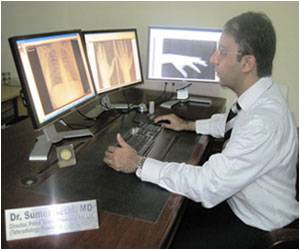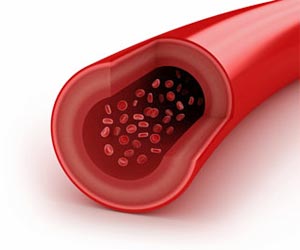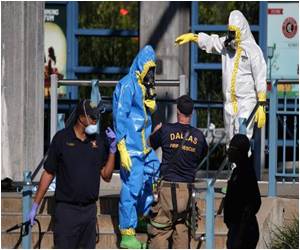Under MACRA, most radiologists will initially be paid through the Merit-Based Incentive Payment System (MIPS), which applies adjustments to fee-for-service payments.

‘The impact of the Medicare Access and CHIP Reauthorization Act (MACRA) of 2015 on radiologists has been explored by a new Harvey L. Neiman Health Policy Institute series of reports.’





In April 2016, CMS
published an initial proposed rule for MACRA, renaming it the Quality
Payment Program (QPP) that will ultimately link a very large fraction of
physicians' Medicare payments to the quality and value of care. Payment
adjustments under MACRA will begin in 2019, although they will reflect
performance during 2017.The first part of the JACR series provides an overview of CMS' proposal for implementing MACRA legislation via the new QPP, paying specific attention to the implications and imperatives for radiologists under MIPS.
"Given that the initial MIPS performance period begins in 2017, radiologists must begin preparing for QPP and taking actions to ensure their future success under this new quality-based payment system," said Andrew Rosenkrantz, the lead study author and a Neiman Institute affiliate research fellow.
In the second part of the series, the researchers found that CMS' proposed criteria for special considerations in new payment models would result in many radiologists being evaluated using measures not reflective of their practice.
"MIPS will provide special considerations for physicians with a limited degree of face-to-face patient interaction," said Bibb Allen Jr., chair of the Neiman Institute advisory board and past chair of the American College of Radiology Board of Chancellors. "However, using CMS's proposed criteria for which physicians will receive special considerations, many radiologists will be deemed ineligible for these special considerations and thus be evaluated based on performance categories beyond their control."
Advertisement
The ACR applied concepts developed in these articles to inform CMS that determination of special considerations based on face-to-face patient interaction for payment policy purposes may best be defined in terms of the number of Evaluation & Management services performed, while the number of minor procedures performed is not as useful in that determination. On Oct. 14, 2016, CMS released its final rule for MACRA implementation. This final rule modified the criteria for special considerations under MIPS, consistent with earlier ACR feedback.
Advertisement
Rosenkrantz, Allen and their colleagues noted that continued investigation is warranted to optimally determine the extent of radiologists' face-to-face patient interactions.
Source-Eurekalert










